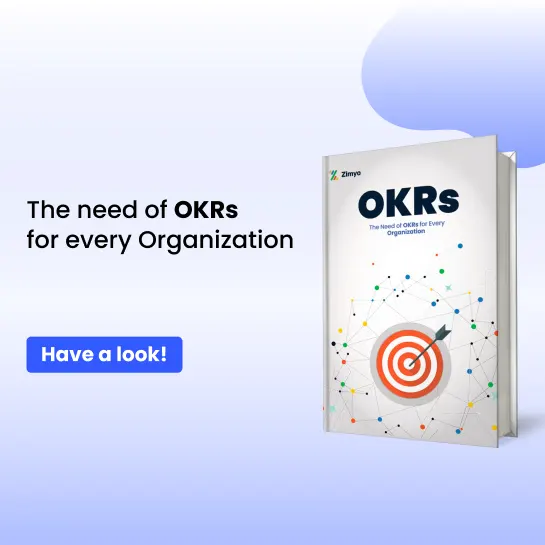A Secretary plays a vital role in supporting executives, teams, or departments by performing administrative and clerical duties. This includes managing schedules, coordinating meetings, handling correspondence, and maintaining records—ensuring the smooth functioning of day-to-day operations.
Job Title: Secretary
Location: [City, State] / [Remote/Hybrid/On-site]
Department: Administration / Executive Support
Reports To: Department Head / Manager / Executive
Employment Type: [Full-Time/Part-Time/Contract]
About Us
[Write a short paragraph about your company—its mission, core values, and why it’s a great place to work. Highlight your work culture and employee-centric environment.]
Job Overview
We are seeking a dependable and detail-oriented Secretary to provide administrative support and office coordination. The ideal candidate will be organized, possess excellent communication skills, and be capable of multitasking in a fast-paced environment. This role involves managing calendars, drafting communications, and maintaining confidentiality in all matters.
Key Responsibilities
- Manage and organize calendars, appointments, and meetings.
- Draft, proofread, and manage correspondence (emails, memos, letters).
- Answer phone calls, screen inquiries, and route calls appropriately.
- Maintain filing systems (physical and digital) for documents and records.
- Coordinate logistics for meetings, conferences, and office events.
- Prepare reports, presentations, and basic documentation as needed.
- Support administrative tasks like travel arrangements, expense tracking, etc.
- Ensure office supplies are stocked and liaise with vendors as required.
- Maintain confidentiality and uphold professional etiquette at all times.
- Assist in project coordination and communication between departments.
Required Skills and Qualifications
- High school diploma or equivalent; associate or bachelor’s degree preferred.
- Proven experience as a secretary or in an administrative support role.
- Proficiency in MS Office Suite (Word, Excel, Outlook, PowerPoint).
- Excellent written and verbal communication skills.
- Strong organizational and time-management abilities.
- Ability to handle confidential information with discretion.
- Attention to detail and the ability to multitask efficiently.
Preferred Qualifications
- Prior experience supporting executives or department heads.
- Knowledge of office management systems and procedures.
- Familiarity with scheduling software and digital collaboration tools (e.g., Zoom, Google Calendar).
- Basic bookkeeping or documentation handling skills.
What We Offer
- Competitive salary and benefits package.
- A collaborative, respectful, and inclusive work environment.
- Opportunities for growth and skill development.
- Work-life balance and employee support initiatives.
Application Process:
Please send your resume and a brief cover letter to [Application Email or Job Portal Link].
FAQs:
What does a Secretary do?
A Secretary manages administrative tasks such as scheduling, communication, documentation, and office coordination to support executives or teams.
Is this a front-desk or executive support role?
It can be either. Some secretaries handle reception duties, while others support executives or department heads with advanced tasks.
What qualifications are needed?
A high school diploma is minimum; however, a degree and administrative experience are often preferred.
Is experience mandatory for this role?
While entry-level roles exist, most employers prefer candidates with 1–2 years of prior administrative experience.
What software should I know?
Microsoft Office Suite, email/calendar apps, and possibly scheduling or CRM tools.
What is the difference between a Secretary and an Administrative Assistant?
Secretaries may focus more on executive or office-wide coordination, while administrative assistants often support one team or department.
What are the career progression opportunities?
With experience, secretaries can grow into roles like Executive Assistant, Office Manager, or Administrative Coordinator.


